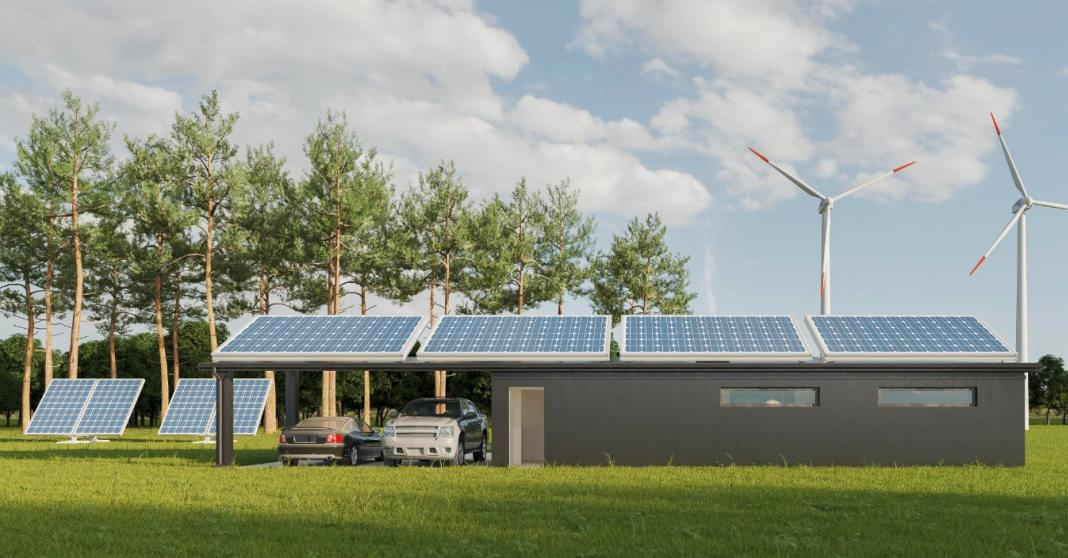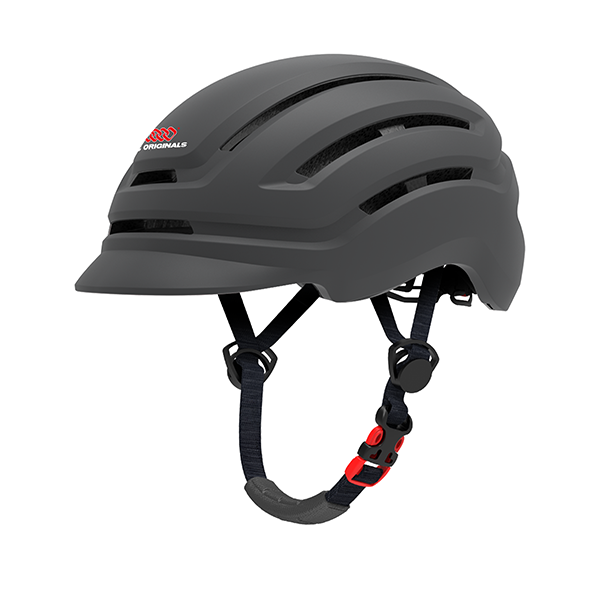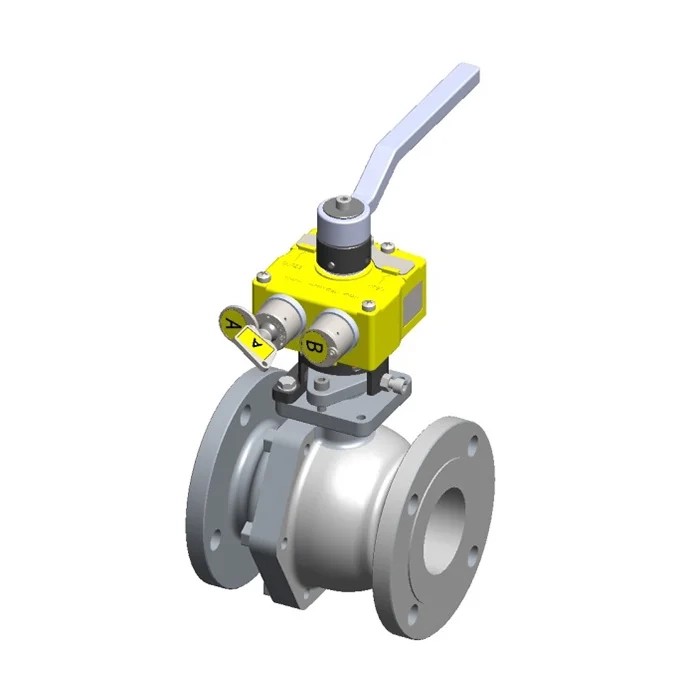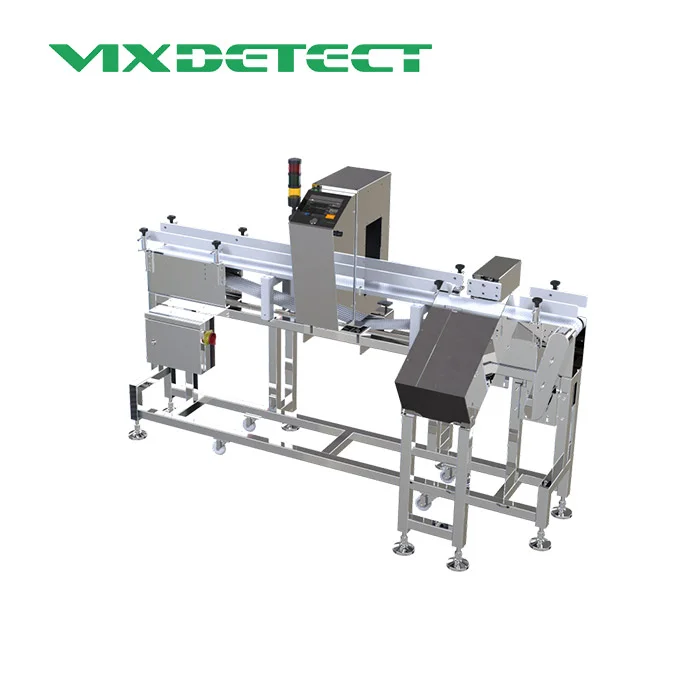When choosing solar panels, the question of "monocrystalline vs. polycrystalline" is one of the most frequently asked questions. This article will provide an in-depth comparison of Jinko Mono Solar Panels and traditional polycrystalline solar panels, offering practical advice on technical differences, performance, cost and return, durability, application scenarios, and how to choose based on your needs, helping you make the right decision for your project.
1. What are mono and poly panels? (Simple science)
Monocrystalline cells are made from single-crystal silicon ingots. They are cut into wafers with a uniform crystal structure, which allows charge carriers (electrons) to move more freely-resulting in higher electrical conversion efficiency per cell.
Polycrystalline cells are formed by melting many silicon fragments together and letting them solidify in a mold. This process is cheaper and faster, but because the silicon is multi-crystalline, electrons encounter more boundaries and recombination-reducing efficiency compared with mono cells.
These fundamental material and manufacturing differences explain most of the real-world performance and cost gaps between the two technologies.

2. Efficiency and power density
Why it matters: Efficiency decides how much power you get per square meter. If your roof space is limited, higher efficiency means more kW from the same area.
-
Jinko Mono: Modern Jinko mono modules (including Tiger, Tiger NEO and other mono product lines) reach module efficiencies commonly above 20% for many models, with N-type TOPCon and advanced cell tech pushing even higher in flagship models. This translates into greater power per panel and smaller area requirements.
-
Jinko Poly: Poly modules typically have lower efficiencies, often in the mid-to-high teens (e.g., 15–17% historically). They produce less power per square meter, so you need more panels (and mounting hardware) for the same output.
Practical take: If roof space or aesthetic integration is a concern-mono is usually the better choice. If you have abundant land (a ground array or a large commercial roof), poly can still be cost-effective.
3. Temperature coefficient and real-world performance
Solar panels are rated at STC (standard test conditions), but actual conditions (heat, shade, angle) matter more.
-
Mono advantage: Monocrystalline modules generally have better temperature coefficients (they lose less output per °C above 25°C). Jinko’s modern mono lines are engineered for lower operating current and better temperature behavior, which helps in hot climates.
-
Poly drawback: Polycrystalline modules typically exhibit a higher negative temperature coefficient, meaning they suffer larger relative power losses on hot days.
Practical take: In hot regions (Mediterranean, Middle East, southern U.S., tropics), mono panels retain more of their rated output and deliver better annual energy yields.
4. Degradation, warranty and lifespan
Long-term yield determines real value:
-
Jinko mono (modern lines): Jinko offers 25-year linear power warranties on many mono products and has been rolling out N-type panels with improved degradation behavior (lower annual degradation rates). Datasheets show numbers like ~0.55% annual degradation for some lines and strong mechanical/load resistance.
-
Poly: Historically, poly modules also came with typical 20–25 year product warranties, but the combination of slightly higher degradation and lower starting efficiency means lifetime energy may be lower.
Practical take: If you plan to hold the system for 15–25+ years, mono’s higher initial output and better degradation profile generally give a superior lifetime energy-per-dollar.
5. Cost and ROI
-
Upfront cost: Poly panels are cheaper per-panel and often cheaper per-watt at purchase. That said, modern economies of scale and the competitive nature of manufacturers like Jinko have narrowed price gaps between value-focused mono and poly models.
-
Installed cost and BOS: Balance-of-system costs (inverter, racking, wiring, labor) are similar for both technologies. Because mono panels need fewer units for the same capacity, they can reduce racking and labor slightly, improving installed-cost competitiveness.
-
ROI: When factoring in space constraints, electricity rates, incentives, and degradation, mono often yields a better ROI in space-limited or high-efficiency-required cases. For large land-intensive utility arrays where capex minimization dominates, poly may still be attractive.
Practical take: Run a site-specific ROI model. If land/roof space is abundant and initial budget is tight, poly can win. If space is limited or you value higher lifetime output, mono is likely better.
6. Aesthetics and installations
-
Mono: Black, uniform look — preferred for residential rooftops and visible commercial installations where appearance matters. Jinko also markets “all-black” mono modules for these use-cases.
-
Poly: Blue marbled look — less “stealthy” on rooftops, but perfectly acceptable for large fields or utility installations.
Practical take: If curb appeal matters (homeowners, hotels, landmark buildings), mono is usually chosen for its sleeker aesthetics.
7. Which Jinko product lines matter?
Jinko’s product portfolio evolves quickly. Key points:
-
Tiger / Tiger NEO / Tiger Pro / Tiger N: These are Jinko’s higher-performance mono families, including N-type and TOPCon technology in recent generations aimed at higher efficiency and lower degradation. The Tiger NEO and Tiger Pro lines are evidence of Jinko pushing toward premium mono performance.
-
Eagle / Value / Poly lines: Jinko also historically offered Eagle poly models and value-focused modules for cost-sensitive markets. These remain viable for budget-driven projects.
Practical take: If you want cutting-edge mono tech from Jinko (best efficiency + warranties), look for Tiger/Tiger NEO/Tiger Pro and check datasheets for N-type/TOPCon indications. For tight budgets, the value poly or older mono lines might do.
8. Installation and system design considerations
-
String sizing & mismatch: Mono panels with higher power output may change string lengths and inverter sizing — work with installers to optimize. Modern half-cut and multi-busbar designs reduce mismatch and improve shade tolerance (many Jinko mono modules employ these features).
-
Mounting and loading: Jinko datasheets list mechanical load ratings (wind/snow). Verify local code and loads match datasheet values.
-
Bifacial & utility uses: Jinko develops bifacial N-type modules (Tiger NEO series) for higher bifacial gains in utility/ground installations — an advantage for commercial/utility customers who can exploit reflected light.
9. How to decide — practical buyer personas
Below are typical scenarios and recommended choices.
-
Homeowner with limited roof space and focus on aesthetics
-
Recommended: Jinko Mono (modern Tiger/Tiger Pro) — higher efficiency, black aesthetic, better ROI per square meter.
Large commercial rooftop or utility farm with lots of space & tight capex
-
Recommended: Poly or value mono depending on tender pricing. For utility projects, also consider Jinko’s N-type Tiger NEO bifacial modules for higher energy yield if terrain/reflection allows.
Hot-climate installation (tropical/desert)
-
Recommended: Mono because of better temperature coefficients and improved real-world production.
Budget-constrained pilot project or temporary installation
-
Recommended: Poly if short-term capex is the primary constraint and space is ample.
10. Common FAQs
Q: Are polycrystalline panels obsolete?
A: No. Poly panels remain a viable, cost-effective option in many contexts—particularly where space is not constrained and the primary goal is minimizing initial capital cost. That said, industry momentum is toward higher-efficiency mono and newer N-type technologies.
Q: Does mono always outperform poly in every metric?
A: Mono generally outperforms poly in efficiency, temperature tolerance, and lifetime yield, but the degree of advantage depends on exact module models, site conditions, and price differences. For absolute lowest upfront cost per-panel, poly can still win.
Q: How important are warranties?
A: Very. Look at both product warranty (defects) and linear performance warranty (annual degradation). Jinko’s datasheets list 12–25 year product and 25-year linear warranties for many mono models — a strong sign of confidence.
11. Final recommendation — practical checklist before you buy
-
Measure available area (roof or ground). If space-limited, favor mono.
-
Get quotes with levelized cost of energy (LCOE) — not just $/W. Include expected degradation and local irradiance.
-
Compare datasheets: efficiency, temperature coefficient, power tolerance, Pmax, mechanical load ratings, and warranty terms. (Use manufacturer datasheets — Jinko publishes these.)
-
Check installer experience with the specific Jinko model. Proper mounting, wiring and string design matters.
-
Consider future plans (e.g., adding panels later) — choose modules with compatible electrical characteristics.
-
Verify incentives — some programs favor higher-efficiency systems or specific technologies.
Closing thoughts
If you want the best energy per square meter, a sleeker look, and generally stronger long-term economics, Jinko mono panels — especially their modern Tiger/Tiger NEO/Tiger Pro families — are the better choice. If initial capital minimization and ample installation space are your main constraints, Jinko poly panels still offer solid value.
As a professional Jinko Solar Panel supplier, we are committed to providing customers with efficient and reliable photovoltaic solutions. Leveraging our in-depth research into monocrystalline technology and rigorous quality control, our products not only excel in conversion efficiency, weather resistance, and power degradation control, but are also widely used globally in residential rooftops, commercial and industrial distributed power stations, and large-scale ground-mounted photovoltaic projects. We offer comprehensive technical support, from product selection and system design to installation guidance, helping users achieve higher energy returns at lower costs and achieve sustainable green energy goals.
www.janewenergy.com
janewenergy





+ There are no comments
Add yours